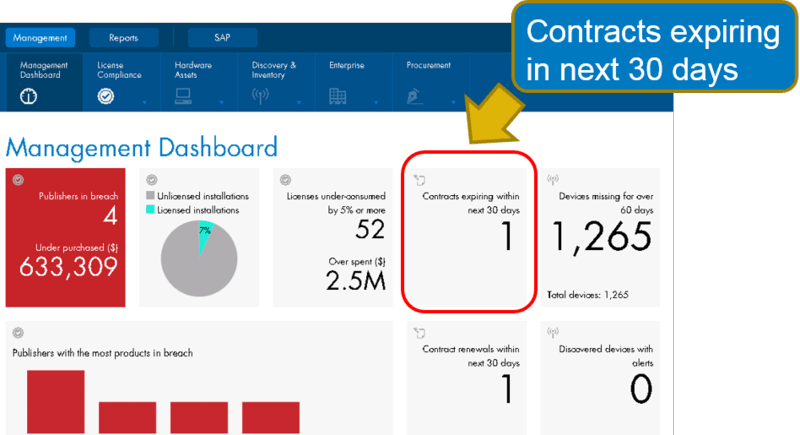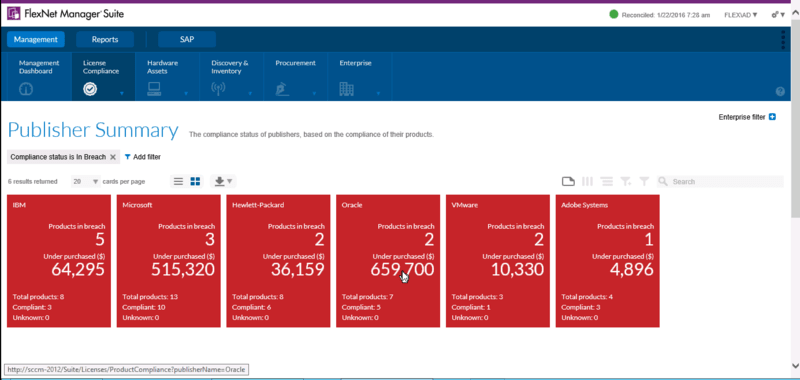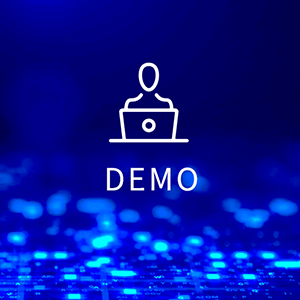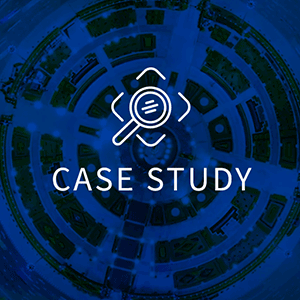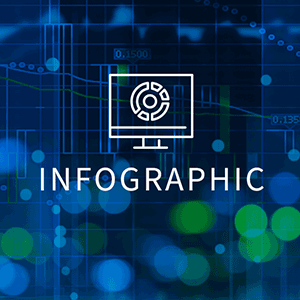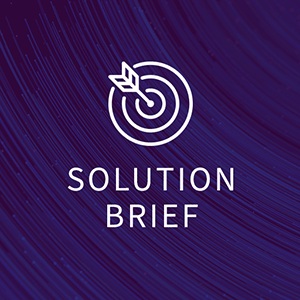Ok, let’s say that Flexera’s FlexNet Manager Suite Software Asset Management (SAM) and License Optimization solution has been implemented in your environment. The training has been completed and your initial license position calculated for a number of strategic software vendors. Your organization understands its current license allocation and software utilization across the enterprise for these specific software vendors. Now what?
Data in an organization is an ever evolving entity that grows and changes constantly. Purchases are made, software is installed and upgraded to newer versions, hardware is retired and new hardware is deployed. In other words, business, much like life, happens. The question now becomes what your organization needs to do to ensure that its financial investment made to implement a Software Asset Management solution pays off.
FlexNet Manager Suite not only allows an organization to understand its current software license compliance position; but also contains reporting capabilities that enable an organization to address other data gaps. These include having line of sight of the following:
- License and Maintenance Renewals
- Re-harvesting and Reuse
- Contract Renegotiations
- Software Audit Avoidance
Let’s consider each of these items in more detail.
License and Maintenance Renewals
Software maintenance contracts and term licenses are required to be evaluated and renewed by a certain term (expiration date). Many organizations that have a lower SAM process maturity level find that they often pay re-instatement fees because maintenance or term licenses have lapsed. FlexNet Manager Suite has a Contract Management function that allows organizations to set alerts and report on those software contracts that are due to expire within a certain time period prior to the actual expiration date (see figure 1 below). Utilizing standard business processes, the SAM tool will assist the procurement department to renew software maintenance and license contracts prior to contract expiration. This will avoid hefty re-instatement fees and financial penalties as well as potential software downtime delays caused by license expiration. The organization will also have a better visibility for financial planning around its software portfolio. They will be able to look ahead and determine maintenance and license renewal costs on monthly, quarterly, and yearly timeframes, as needed.
Re-harvesting and Reuse
One of the biggest and most talked about benefits of software asset management is the ability to re-harvest and reuse software licenses for unused applications. This, of course, means that your organization will not have to expend capital on any unnecessary, new software license purchases when software licenses can be reclaimed and reallocated (per the vendor software license agreement). SAM tools, such as FlexNet Manager Suite, provide that view into what software is actually being used in the environment.
Automated workflows can assist the procurement team with identifying which software requests require an actual purchase order to be initiated and which can be deferred by using existing licenses for unused or under-used applications in the environment. An enterprise app store, such as App Portal, which is integrated with your software asset management and license optimization solution, helps automate this process. See this customer success story on the Department of Foreign Affairs, Trade & Development Canada, where they were able to automate license reclamation. It has been the biggest and quickest win for the department, with over 4,000 software titles reclaimed, at a value of $1.24 million in license costs in less than a year.
Contract Renegotiations
Many times organizations find that there is a gap between what has been previously negotiated with vendors and how the software is actually utilized in the environment. Utilizing data available in your SAM solution allows your organization to negotiate the software contract renewals that better fit the needs of the organization and at potentially lower cost.
For example, having detailed insight into SAP Named User license usage across your organization can often empower you to renegotiate a contract that either reduces costs outright, or provides leverage to purchase new technology without a large additional outlay. You can reduce costs for SAP by buying fewer of the most expensive license types (e.g. Developer and Professional User) and more of the lower costs license types (e.g. Employee User), based on an analysis of actual usage data for each of your SAP users, which typically reveals that you have too many of the expensive licenses.
Software Audit Avoidance
Now that FlexNet Manager Suite has been implemented, your organization does have line of sight into its license compliance position (see figure 2 below). Regular reporting and internal auditing processes can be implemented to ensure that the organization maintains compliance with the vendor software license agreement. Performing regular internal audits allows the organization to avoid software vendor audits, which can take a lot of IT staff time when the right processes and tools are not in place, and can result in costly financial penalties and damage to the company’s brand.
IT Asset Management
It all starts with knowing what’s in your IT ecosystem. Flexera One discovers even the most elusive assets whether on-prem, SaaS, cloud, containers and more.
Software Asset Management Policies and Processes
All of these capabilities, along with others not mentioned, require implementation of software asset management policies and procedures that must be adhered to across the organization. For instance, implementing changes to existing procurement processes may be necessary to maximize the benefits of cost avoidance associated with license reharvesting and contract renewals, and avoid over buying licenses. Assessment of current processes will provide insight into where additional checks and reporting can be utilized to improve these processes and fully leverage the data and insights provided by the SAM tool. A roadmap can be created to manage the integration of software license management practices across the business.
Of course, standard SAM practices and approach may not be fully realized by the organization. Flexera and our partners have extensive knowledge of best practices and industry standards and can consult with the customer to maximize ROI. The end-to-end software lifecycle must be taken into consideration when considering a roadmap to maximize the benefit of your SAM tool implementation.
An assessment of your software lifecycle processes, from request management through end of life, will show the maturity level of the organization. A customized roadmap can take the organization from level 0 to level 4 maturity (level 0 being no software license management processes and level 4 being optimized) with maximum cost savings and audit avoidance. Following the roadmap and improving the organization’s SAM maturity will maximize the value of your SAM investment.
